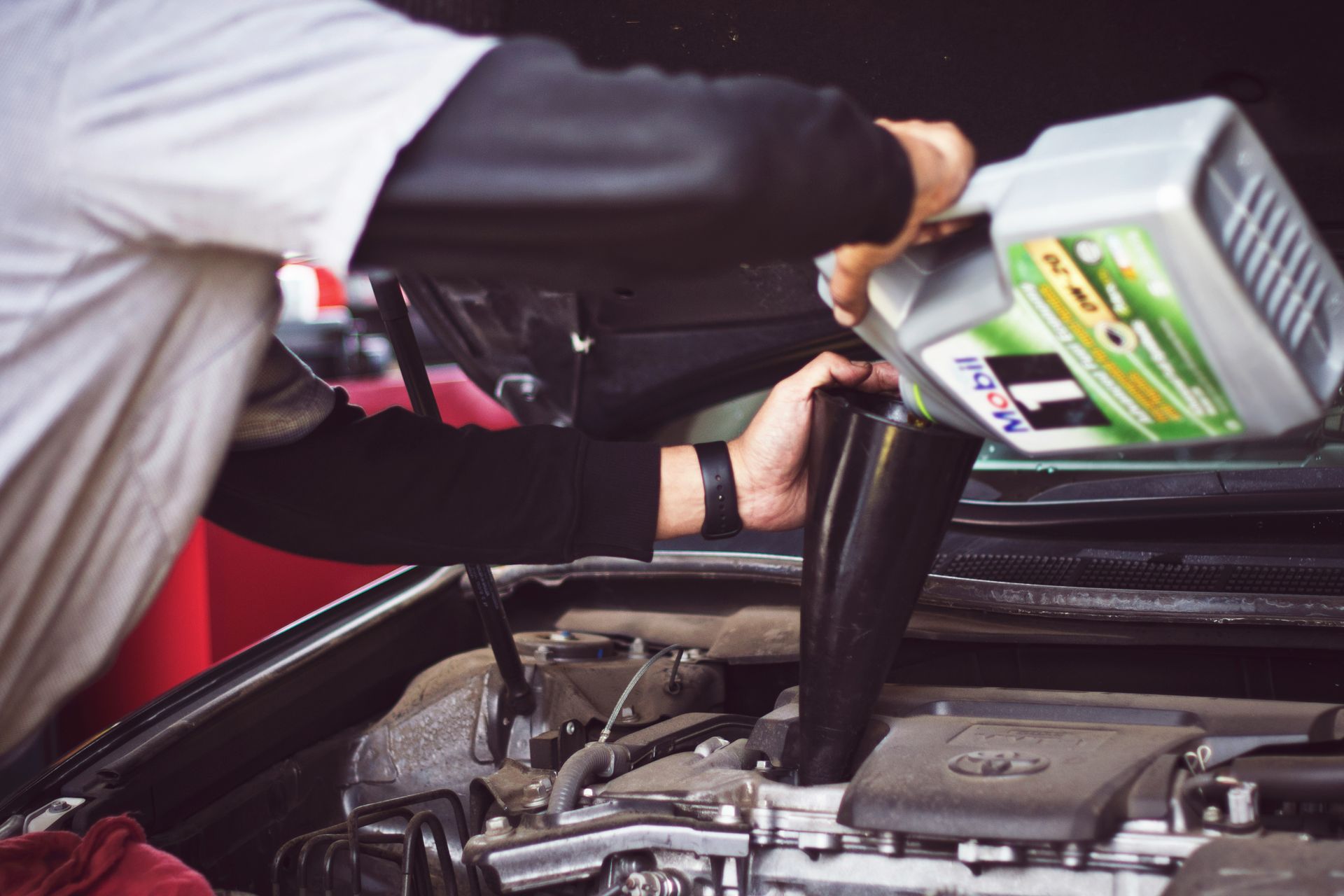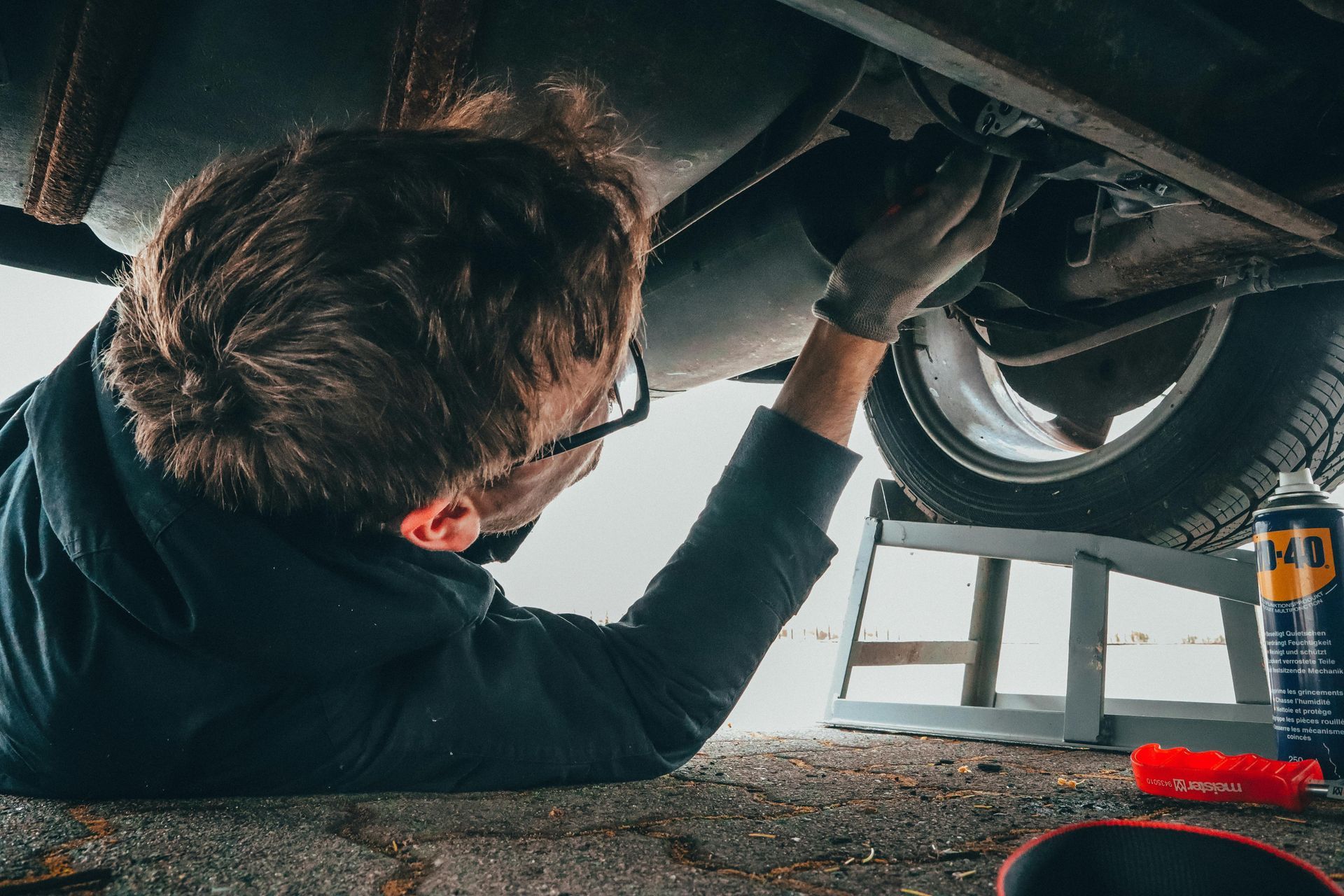MOT Tests Explained
We understand that you might have many questions when it comes to your MOT:
- Do you have to have an MOT every year?
- What happens during an MOT?
- How long does an MOT take?
- How much does an MOT cost?
- And so on!
The majority of vehicles are required to pass an annual MOT to prove that they are safe and roadworthy. An MOT involves several checks on your vehicle from safety components such as seatbelts, to mirrors, lights, and the braking and fuel systems.
If your MOT has expired, it is illegal to drive your vehicle on the road and you could be prosecuted for doing so. You should also note that driving without a current MOT invalidates your car insurance, and you are unlikely to be covered in the event of an incident and subsequent claim. The only exception is where you are driving your vehicle to a test centre.
An MOT usually takes between 45 to 60 minutes, but you should remember that if your vehicle fails its MOT test and repairs are needed, you could be without your vehicle for longer. You are not allowed to drive your vehicle if it has failed its MOT, unless you are taking it to a repairer, or its existing MOT certificate is still valid. However, if it fails its MOT with a dangerous fault, you won’t be able to drive it away at all, regardless of whether it has an existing valid certificate.
If your vehicle passes its MOT but the test centre has made advisories, you can legally drive it on the roads. However, we recommend that these advisories are dealt with by a local repair centre as soon as possible. This will ensure that your vehicle remains safe and roadworthy.
Whilst the cost for an MOT will vary between test centres, the maximum cost for a standard car is currently set at £54.85 (as at 15/03/2024). This cost may increase or decrease in the future.
We have established that some of the most common reasons for MOT failure are as follows:
- Lighting and signalling issues
- Damage to the windscreen and/ or wipers
- Brake faults
- Issues with the exhaust system
- Insufficient tyre depth
You can visit our blog ‘Common reasons for MOT failure’ to find out more.
We recommend taking care of your vehicle and conducting regular maintenance to reduce the chance of your vehicle failing its MOT. This involves keeping the internal and external areas clean, as well as dealing with any faults or new issues (such as knocking sounds, pulling, etc) in a timely fashion, to prevent them from becoming more serious and costly issues.
If you have any questions, please don’t hesitate to get in touch.












